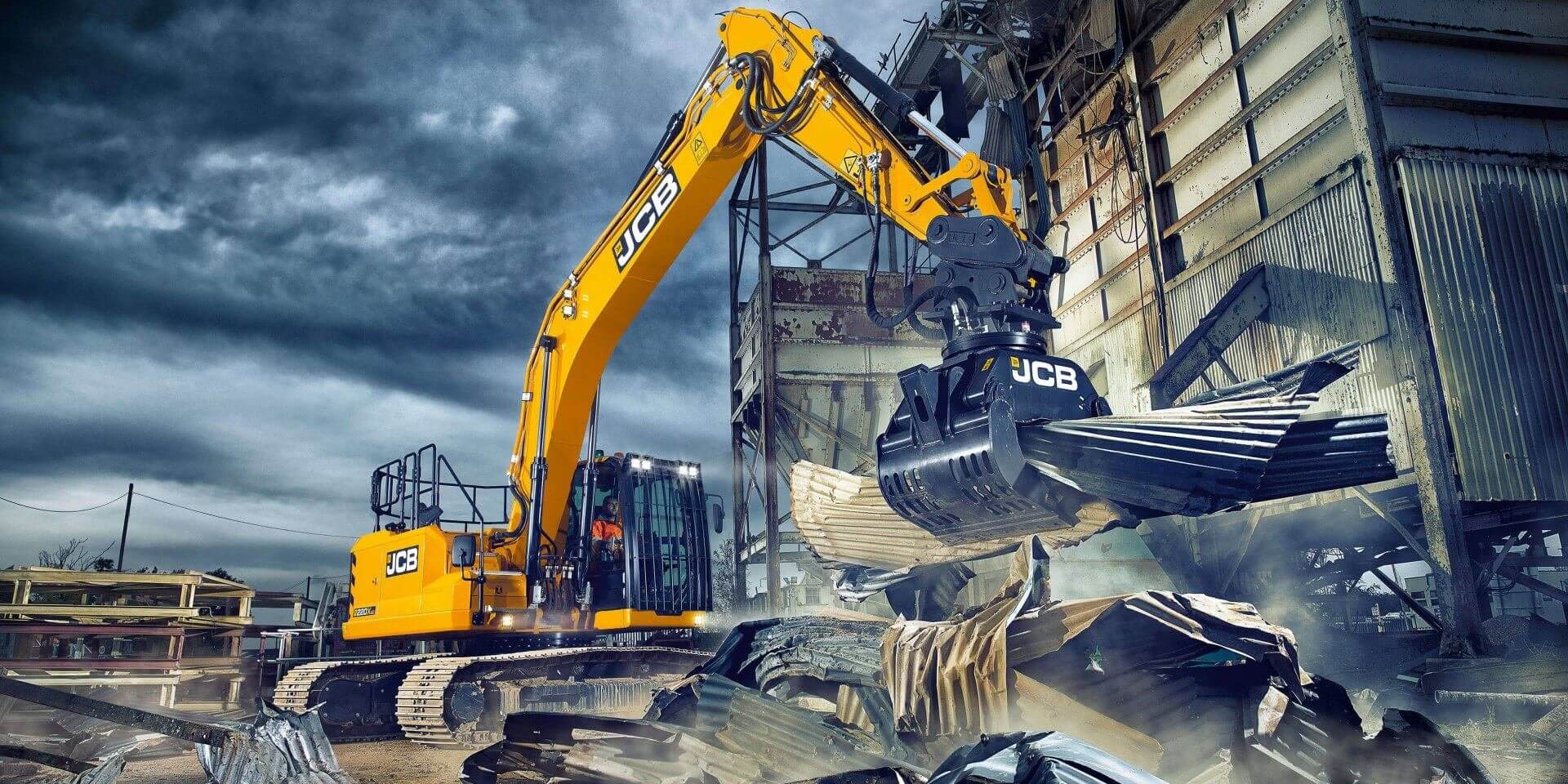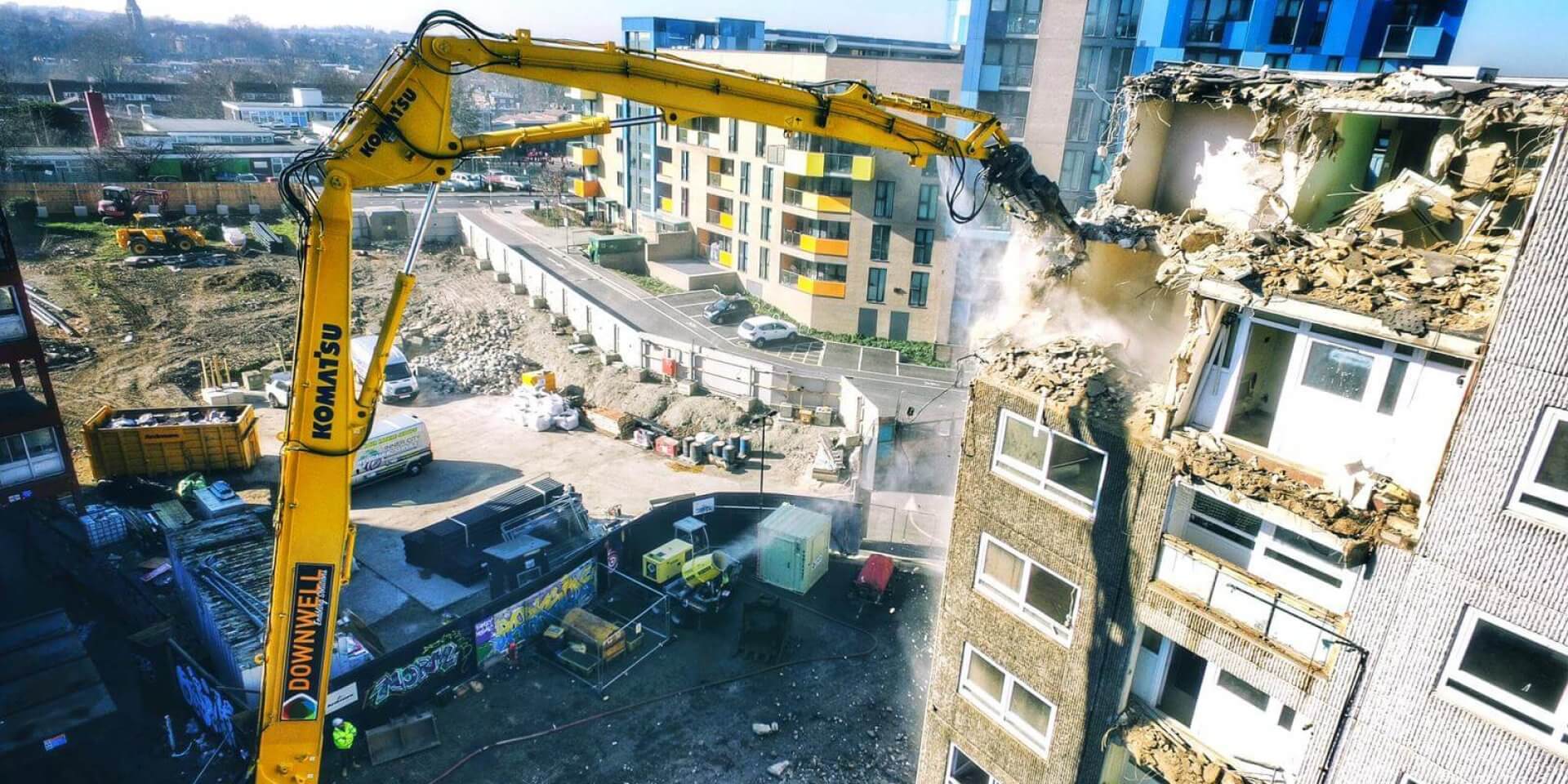Council refutes claims that estate demolition was a charade to secure funding.
The deputy leader of London’s Greenwich council has been forced to respond to claims that the partial demolition of the Ferrier Estate was a “charade to secure development funding”. Laying the blame for delays firmly at the door of the government, councillor Peter Brooks said:
“We have had a specific deadline imposed on us by the Government to start work on an extra care scheme that will provide housing and support for 170 households aged 55 and over. The Government has threatened to withdraw a £21m grant for this scheme if work does not begin by the end of March 2011. As a result of the Government’s refusal to roll this grant into next year, we have had to issue legal Notices to a number of remaining tenants. Every tenant will be given at least two offers suitable for their needs – with repossession only to be used as a very last resort.”
The council admit that it will lose £21 million in government funding if residents are not evicted and development has not begun by March next year.
Large sections of the Ferrier were left as partial ruins earlier this year with little apparent rebuilding taking place since. The leader of Greenwich Conservatives Spencer Drury claims that these partial demolitions are merely a “charade” to suggest that work is taking place where it is not:
“The Labour Council is now so far behind schedule it is hurrying through the eviction of tenants before the end of the financial year to ensure government funding remains in place. Labour has mishandled this process from the very beginning and now we find that the demolition appears to be simply a charade to suggest work has started when in fact no rebuilding is taking place.”
Read the full story here.





 Armac Group is currently deconstructing the top four floors of the Alstom Power Building in Stafford above the live Turbine Hall. The Turbine Hall must remain fully operational as it contains a 350 tonne capacity overhead crane, the largest of its kind in Europe.
Armac Group is currently deconstructing the top four floors of the Alstom Power Building in Stafford above the live Turbine Hall. The Turbine Hall must remain fully operational as it contains a 350 tonne capacity overhead crane, the largest of its kind in Europe. A little-known accident during the Lambeau Field renovation in 2002 caused significant damage to the stadium and resulted in a court fight that continued until years later.
A little-known accident during the Lambeau Field renovation in 2002 caused significant damage to the stadium and resulted in a court fight that continued until years later. A 50-year-old derelict office block on Teesside which has been vandalised over the years is to be demolished.
A 50-year-old derelict office block on Teesside which has been vandalised over the years is to be demolished.